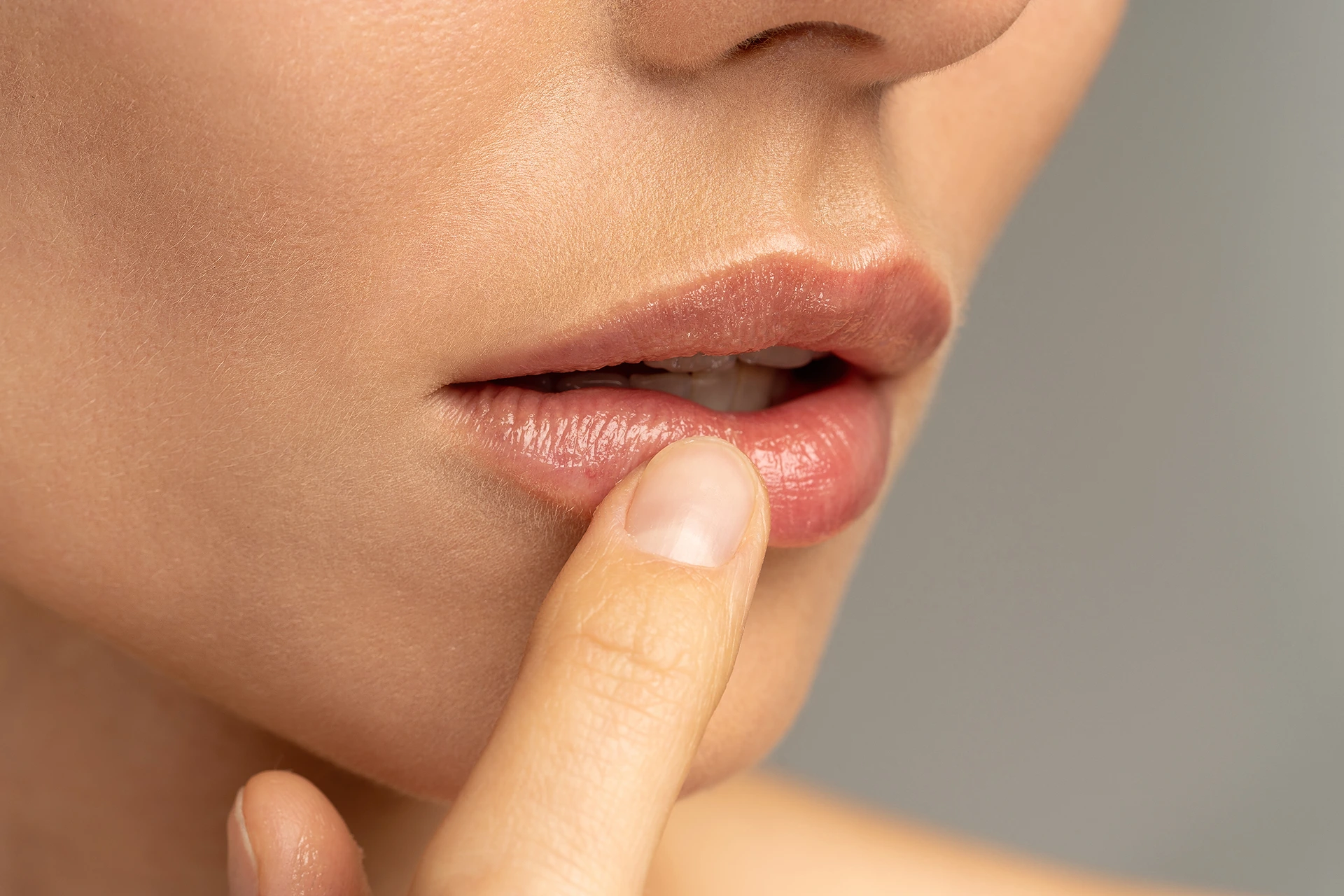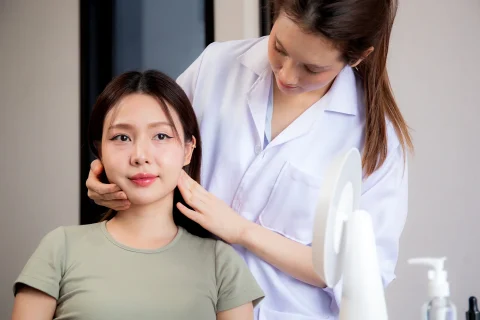Know Your Lip Filler Healing Process: Your Complete Guide
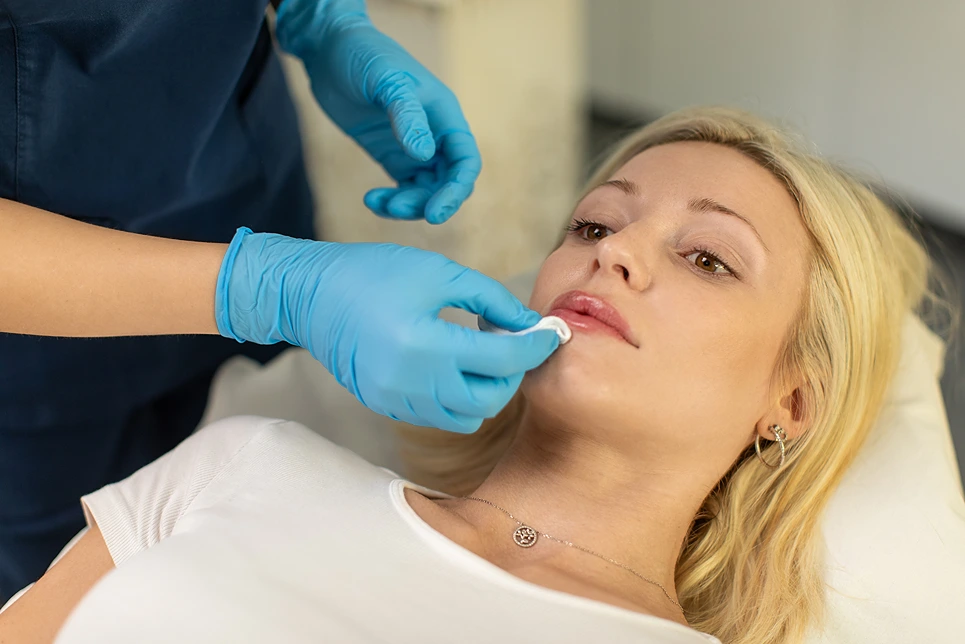
Lip filler healing is a gradual process that typically involves several days of swelling and tenderness, with complete settling of the filler taking around two weeks.
Lip fillers can give you the perfect pout you’ve always wanted. But before rushing off to get injected, it’s important to understand what to expect during the healing process. Managing expectations and proper aftercare is important for ensuring the best results.
Let’s walk through what a typical lip filler healing timeline looks like, day by day.
How Long Does the Initial Lip Filler Swelling Last?
Right after your procedure, your lips will likely be very swollen. Some level of swelling and puffiness is completely normal in the first 24-48 hours.
The inflammation is simply your body’s response to the trauma of the injections. But don’t panic – this swelling will go down.
The First 1-3 Days Bring the Most Swelling
During the first few days, you’ll experience peak swelling. Your lips may look uneven, lumpy, and far larger than the final result.
For many, swelling tends to peak at around 2-3 days post-procedure before it starts improving. So the first couple of days bring the most drastic temporary effects.
Swelling Time Can Vary Between Patients
While most swelling subsides within a week, some residual puffiness can hang around for up to 2 weeks. Everyone heals differently based on factors like:
- Amount of filler injected
- Type of filler used
- Individual inflammatory response
So try to be patient if your swelling takes a little longer to resolve.
How Long Do Lip Fillers Take to Settle Into Their Final Look?
While the initial swelling may subside within 5-7 days, it takes longer for fillers to fully settle into the tissues.
Allow 2 Weeks for Fillers to “Settle In”
Many experts suggest allowing around 2 weeks for fillers to properly integrate into the treated area. This is when you’ll see the final look.
During the first week, your lips will still appear slightly enlarged. But somewhere between 10-14 days, they should settle into a more natural shape.
Be Patient for the Best Results
It’s crucial not to focus too much on the first few days. The key is allowing enough time for the fillers to stabilize.
Rushing off for a correction when your lips are still swollen could lead to over-treatment. Patience brings the reward of perfect results.
What’s the Typical Bruising Timeline After Lip Filler Injections?
Some minor bruising around the injection sites is common after lip fillers. Luckily, the bruising tends to be mild and temporary.
Bruising Can Last Around 5-7 Days
In most cases, bruises begin fading within a few days, disappearing completely around 5-7 days post-procedure.
But the duration can vary slightly. Factors like medication use and genetics can affect your bruising timeline.
Minimize Bruising With Arnica and Ice
To reduce bruising, avoid blood thinners like aspirin before your appointment. After, use remedies like arnica creams and icing.
If bruising is severe or persists longer than 10-14 days, contact your provider.
How Long Will Lip Fillers Be Painful After the Procedure?
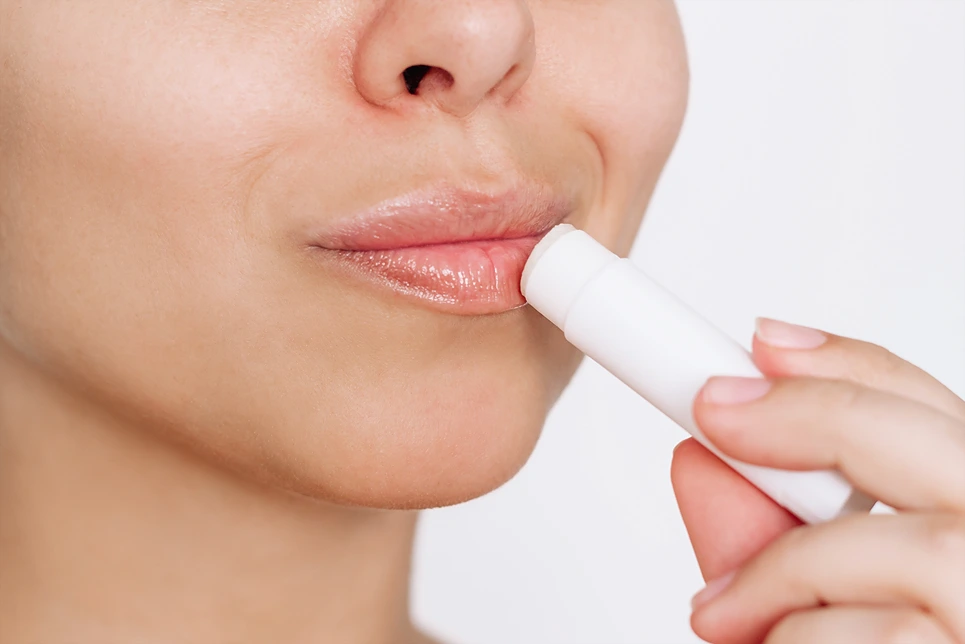
You’ll likely feel some tenderness in your lips for the first few days after injections. But luckily, this discomfort is short-lived.
Initial Tenderness Typically Lasts 2-3 Days
Most patients report injection-related pain subsiding within 48-72 hours post-procedure.
Your lips remain tender and achy as they recover from the insult of the needles. But this discomfort shouldn’t last long.
Manage Pain With OTC Medication and Ice
Usually over-the-counter anti-inflammatory medication can treat post-injection pain. Your doctor may recommend ibuprofen or acetaminophen.
Applying ice packs also helps ease discomfort while reducing swelling.
Breaking Down the Lip Filler Healing Stages
Now let’s summarize the typical lip filler healing timeline in 3 main stages:
Stage 1: Immediate Swelling (First 3-5 Days)
This brings the most drastic swelling, tenderness, and bruising.
Stage 2: Bruising Fades (5-7 Days)
Noticeable bruising slowly improves over several days.
Stage 3: Final Settling (10-14 Days)
Filler integrates fully into the lips which take on their final natural look.
It’s a gradual process, but tracking your progress through each stage helps set expectations.
Can I Speed Up Healing After My Lip Injections?
While patience is important, you can take proactive steps to support the healing process:
- Before your appointment: Hydrate well and avoid blood thinners like aspirin per your doctor’s guidance.
- After your procedure: Apply ice packs, sleep with your head elevated, and follow your provider’s aftercare instructions closely. Avoid strenuous activity for 1-2 days.
- In the following weeks: Stick to a healthy diet and lifestyle to allow your body to heal efficiently.
Proper preparation and diligent aftercare makes all the difference in recovering quickly.
Warning Signs to Watch Out For During Lip Filler Healing
While most side effects like swelling and tenderness are normal, some warrant medical attention:
- Severe, Worsening Pain: While tenderness is expected, pain that intensifies or doesn’t subside within 3-4 days is a cause for concern. This could signal an infection or other developing issue.
- Excessive or Asymmetrical Swelling: Significant swelling that goes beyond the usual timeline, or drastically uneven swelling on one side of the lips, warrants medical evaluation.
- Signs of Infection: Redness, warmth around the injection sites, pus discharge, or fever are all indicators of a possible infection. Early treatment is critical for preventing complications.
- Changes in Skin Coloration: If your lips or surrounding areas become pale, bluish, or develop a mottled appearance, seek help immediately. This could signify a vascular compromise, which requires urgent attention.
- Lumps or Nodules: While temporary lumps can occur, hard nodules that persist beyond a few weeks require a follow-up with your injector. These could be a sign of an inflammatory reaction or another issue requiring treatment.
If you notice any of these issues during your recovery, contact your provider right away. Don’t try to self-diagnose or “wait and see” – it’s always better to err on the side of caution.
Long-Term Concerns
While the initial healing phase after lip fillers is important, it’s equally essential to be aware of potential concerns that can arise later:
- Migration: Over time, some fillers may have a slight tendency to migrate beyond the intended treatment area. If this happens, it can cause a change in lip shape or subtle asymmetry.
- Delayed Reactions: Though uncommon, certain individuals may develop delayed allergies or inflammatory responses to filler material, even months or sometimes years after initial injection. These can manifest as recurring swelling, lumps, or tenderness.
- Unsatisfactory Aesthetic Results: Sometimes, even with expert filler placement, the final results may not meet your expectations. It’s important to communicate honestly with your provider to determine if adjustments or potentially even dissolving the filler is the best option.
Monitoring Your Results
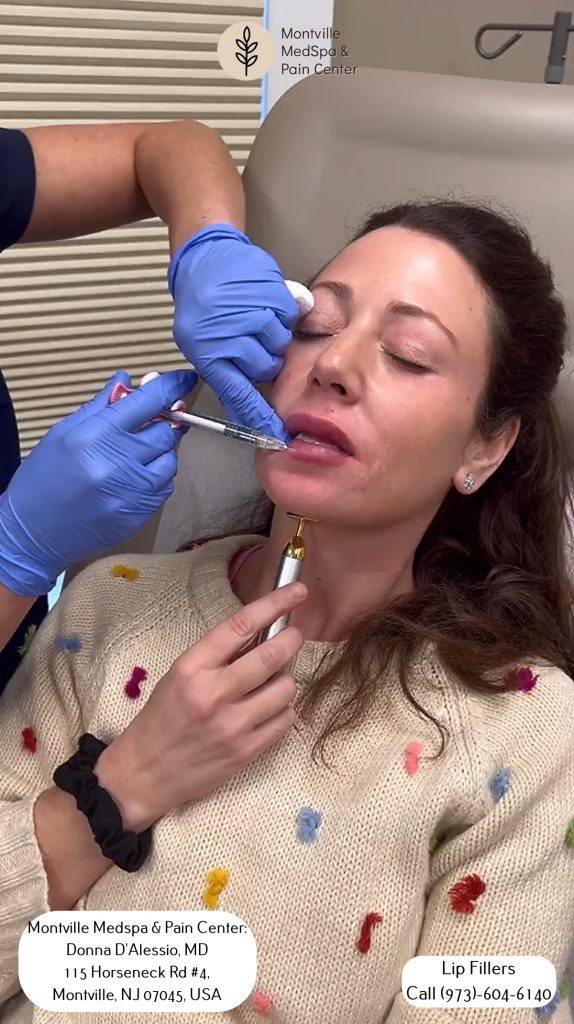
Regular follow-ups with your injector are crucial for long-term satisfaction with your lip fillers. Discuss any evolving concerns you notice between appointments. Remember, your provider is your partner in maintaining both the health and beauty of your lips.
The Takeaway: Healing From Lip Fillers Requires Patience
Undergoing lip filler injections is the easy part. The real key is being patient during the nuanced healing stages that follow.
With realistic expectations, diligent aftercare, and open communication with your provider, you’ll get through the recovery comfortably. Take each day as it comes, and before you know it, you’ll be able to enjoy your beautiful new lips.
Does this complete guide help you understand what to expect when getting lip fillers? Let me know if you need any clarification or have additional questions! I’m happy to provide more detail on optimizing your recovery.


